Buy LSD Infused Paper Online
$300.00 – $2,500.00Price range: $300.00 through $2,500.00
LSD Infused Paper? The Truth Behind This Psychedelic Form
What is LSD Infused Paper?
Buy LSD Infused Paper Online. LSD infused paper refers to a medium used to distribute Lysergic acid diethylamide (LSD) in microgram doses by absorbing the liquid form of LSD onto blotting paper, which is later cut into small squares known as “tabs” or “blotters.” Each tab typically contains a single dose of LSD, though variations in concentration can occur depending on the manufacturer. These tabs are often decorated with colorful artwork or symbols, sometimes indicating the potency or source.
This method of distribution remains one of the most iconic and enduring ways to consume LSD due to its discreetness, portability, and ease of use.
The Chemistry of LSD and Its Absorption into Paper
LSD is an odorless, tasteless, and colorless crystalline substance derived from ergot alkaloids, a fungus that grows on rye and other grains. Once synthesized, LSD is dissolved in alcohol or other solvents. This liquid is then dropped or painted onto sheets of blotting paper, allowing the solvent to evaporate and leave behind a consistent LSD dose on the paper.
This process ensures that the substance is easily ingested through mucous membranes, usually by placing a tab under the tongue or against the inner cheek, where the LSD rapidly enters the bloodstream through sublingual absorption.
Why Use Paper for LSD?
Blotter paper serves several essential functions in the distribution of LSD:
-
Efficient Dosing: Paper can be soaked with precise amounts of LSD, ensuring more consistent doses.
-
Portability: Tabs are lightweight, small, and easy to conceal or transport.
-
Long Shelf Life: When stored properly—away from light, heat, and moisture—LSD on paper can remain potent for years.
-
Anonymity and Artistry: Designs printed on blotter sheets often obscure the paper’s true purpose, doubling as a form of underground psychedelic art.
Visual Designs and Their Hidden Messages
Blotter sheets often feature vibrant psychedelic artwork, cartoons, or symbolic imagery. While these designs are primarily aesthetic, in some subcultures they also indicate:
-
Brand or Source: Certain designs are associated with specific underground labs.
-
Dosage Strength: Some artwork is historically tied to particularly potent batches.
-
Cultural Messaging: Iconography such as peace symbols or spiritual imagery may convey ideological leanings of the distributor. Buy LSD Infused Paper Online
However, it’s crucial to understand that design alone is never a reliable indicator of dosage or purity.
Potency and Dosage: What’s in a Tab?
A single blotter square typically contains between 50 to 150 micrograms of LSD, depending on the batch. For context, threshold effects begin at around 25 µg, while a strong experience often begins around 100 µg.
Common Dosage Levels on Infused Paper:
-
Microdose: 5–15 µg (non-hallucinogenic, used for productivity or mood enhancement)
-
Low dose: 25–75 µg (light perceptual changes)
-
Moderate dose: 100–150 µg (full psychedelic experience)
-
High dose: 200 µg and above (intense visual and emotional experiences)
Due to the potency of LSD, overdosing can lead to extremely disorienting experiences, although it is not typically fatal. Careful handling and knowledge of dosage are paramount.
How to Test LSD Infused Paper for Authenticity
With the rise of counterfeit tabs or paper laced with other substances (like NBOMe compounds, which can be dangerous), testing your blotter is essential. Reagent test kits like Ehrlich’s reagent can help identify genuine LSD.
Steps to test LSD infused paper:
-
Cut a small corner off the blotter.
-
Apply a drop of Ehrlich’s reagent.
-
Observe the color change:
-
Purple reaction indicates LSD or other indoles.
-
No reaction or unusual colors may suggest a dangerous alternative.
-
Storage and Shelf Life of LSD Infused Paper
LSD is highly sensitive to light, heat, and moisture. To preserve potency:
-
Store tabs in foil or mylar bags.
-
Keep in a dark, cool, dry place, ideally refrigerated.
-
Avoid frequent handling with bare hands.
Properly stored LSD on blotter paper can remain potent for several years, though minor degradation is possible over time.
Legality and Risks of LSD Infused Paper
In most countries, including the United States, LSD is classified as a Schedule I substance, making its possession, distribution, or manufacture illegal and punishable by significant penalties.
Risks of Possessing LSD Infused Paper:
-
Legal penalties: Charges often count by tab, not total weight.
-
Health risks: While LSD is non-toxic, unsafe use can lead to psychological distress, accidents, or trauma.
-
Mental health concerns: Individuals with predisposition to psychotic disorders may face heightened risks.
Harm reduction strategies, including responsible use, set and setting awareness, and trip sitters, are strongly encouraged in communities where LSD use is prevalent.
Cultural and Historical Significance
LSD infused paper holds a central role in the psychedelic revolution of the 1960s. Figures like Timothy Leary, Ken Kesey, and the Grateful Dead contributed to its cultural proliferation. Blotter art became a medium of protest, expression, and spiritual exploration, deeply embedded in countercultural identity.
Today, with the resurgence of interest in psychedelics for therapeutic use, LSD remains under scientific study, though still largely banned.
Conclusion: The Lasting Appeal of LSD Infused Paper
LSD infused paper continues to symbolize the intersection of science, art, and altered states of consciousness. It is compact, efficient, and iconic. Despite the legal risks, it remains a preferred method for those seeking psychedelic experiences.
Understanding the chemistry, dosing, safety protocols, and cultural roots of LSD-infused paper is crucial for anyone engaging with this powerful substance—whether from an academic, medical, or recreational lens.
| QTY | 1 A4 Copy paper, 2 A4 Copy Paper, 5 A4 copy paper, 10 A4 Copy paper |
|---|
Be the first to review “Buy LSD Infused Paper Online” Cancel reply
Related products
Herbal Ecstasy
Herbal Ecstasy
Herbal Ecstasy
Herbal Ecstasy
Herbal Ecstasy
Herbal Ecstasy
Herbal Ecstasy
Herbal Ecstasy



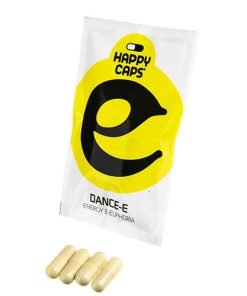
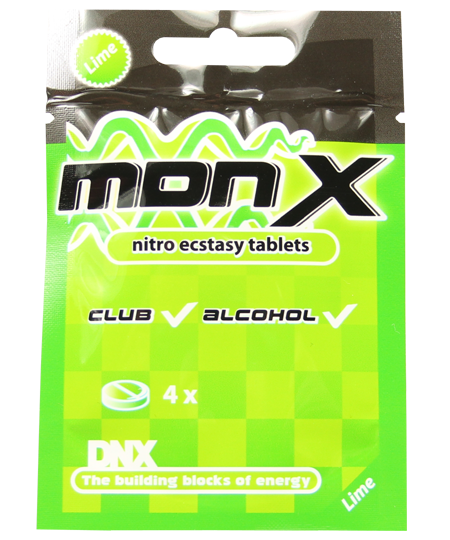
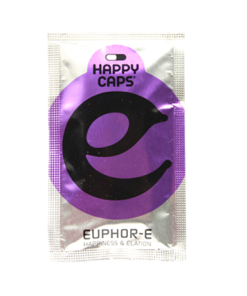
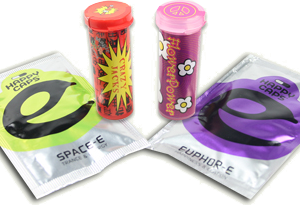
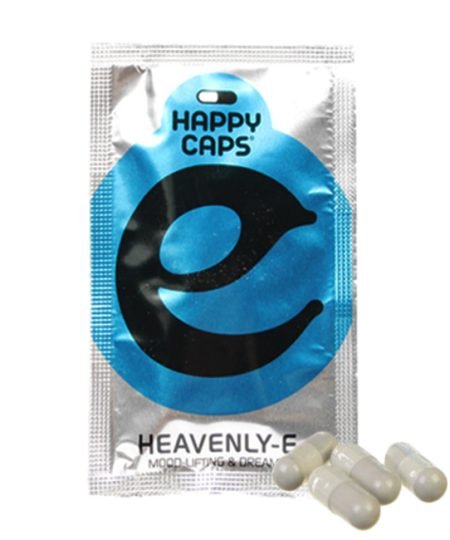
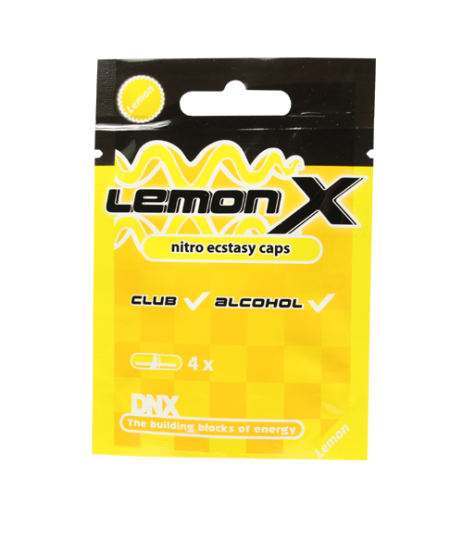
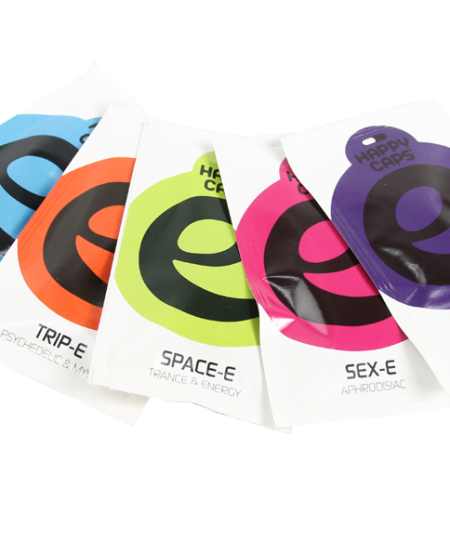
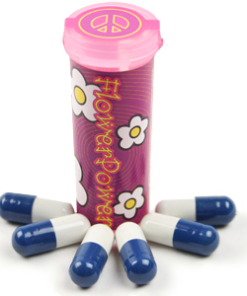
Reviews
There are no reviews yet.